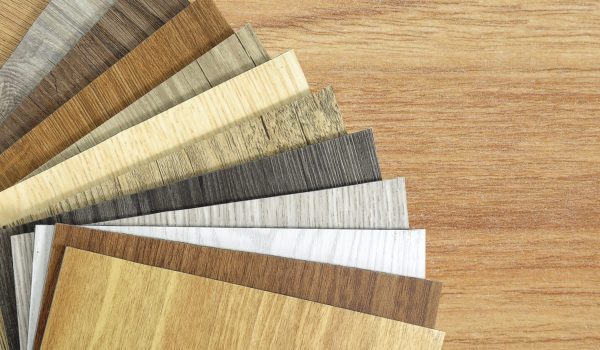Mastering White Oak Flooring Installation
When it comes to enhancing your home with the timeless elegance of white oak flooring, proper installation is key to ensuring its beauty and longevity. White oak flooring offers a sophisticated look and exceptional durability, but to fully reap these benefits, understanding the nuances of white oak flooring installation is essential. Whether you’re a DIY enthusiast or planning to hire a professional, here’s a comprehensive guide to help you navigate the process smoothly.

Preparing for Installation
Before diving into white oak flooring installation, it’s important to prepare both the space and the materials. Start by ensuring that your subfloor is clean, dry, and level. Any imperfections or debris can impact the final appearance and performance of your flooring. Additionally, the room where the flooring will be installed should be at a consistent temperature and humidity level to avoid issues like warping or shrinking later on.
Acclimating the white oak planks is another crucial step. Wood is a natural material that can expand or contract based on environmental conditions. To prevent this, allow the white oak flooring to acclimate to the room’s temperature and humidity for at least 48 hours before installation. This process helps the wood adjust and stabilize, reducing the risk of movement after the flooring is laid.
Choosing the Right Installation Method
White oak flooring can be installed using various methods, including nail-down, glue-down, or floating. Each method has its own set of advantages, so the choice depends on your specific needs and the subfloor type.
For a nail-down installation, the planks are secured to the subfloor with nails or staples, making it a popular choice for wooden subfloors. This method provides a sturdy and stable installation, ideal for areas with heavy foot traffic. Alternatively, a glue-down method involves applying adhesive to the subfloor before placing the planks. This method is well-suited for concrete subfloors and can help in reducing noise and movement.
The floating installation method involves laying the planks over an underlayment without securing them to the subfloor. The planks are connected via interlocking mechanisms. This method is versatile and often used in DIY projects because it’s relatively straightforward and doesn’t require nails or glue.


Installation Process
Once you’ve selected the installation method, it’s time to get started. Begin by laying out the white oak planks in the room to determine the best arrangement and to make any necessary adjustments for a visually pleasing layout. Pay attention to the direction of the planks; typically, running them parallel to the longest wall or the primary light source enhances the room’s appearance.
For nail-down or glue-down methods, start from the center of the room and work your way outwards, ensuring that the planks fit snugly against the walls. Use spacers to maintain an expansion gap between the flooring and the wall, which is crucial for accommodating any natural movement of the wood. If you’re using the floating method, simply connect the planks as you go, ensuring they are properly aligned and secure.
It’s important to check for any gaps or uneven areas as you proceed. Adjustments can be made by trimming or sanding the planks as needed. Once the installation is complete, remove any spacers and install baseboards or trim to cover the expansion gap and provide a finished look.
Conclusion
White Oak Flooring installation is a rewarding project that can transform your home with its classic elegance and durability. Whether you’re tackling the installation yourself or bringing in a professional, understanding the preparation, methods, and care involved is essential for achieving the best outcome. By following these guidelines, you can enjoy the timeless beauty of white oak flooring and ensure it remains a stunning feature of your home for years to come.
